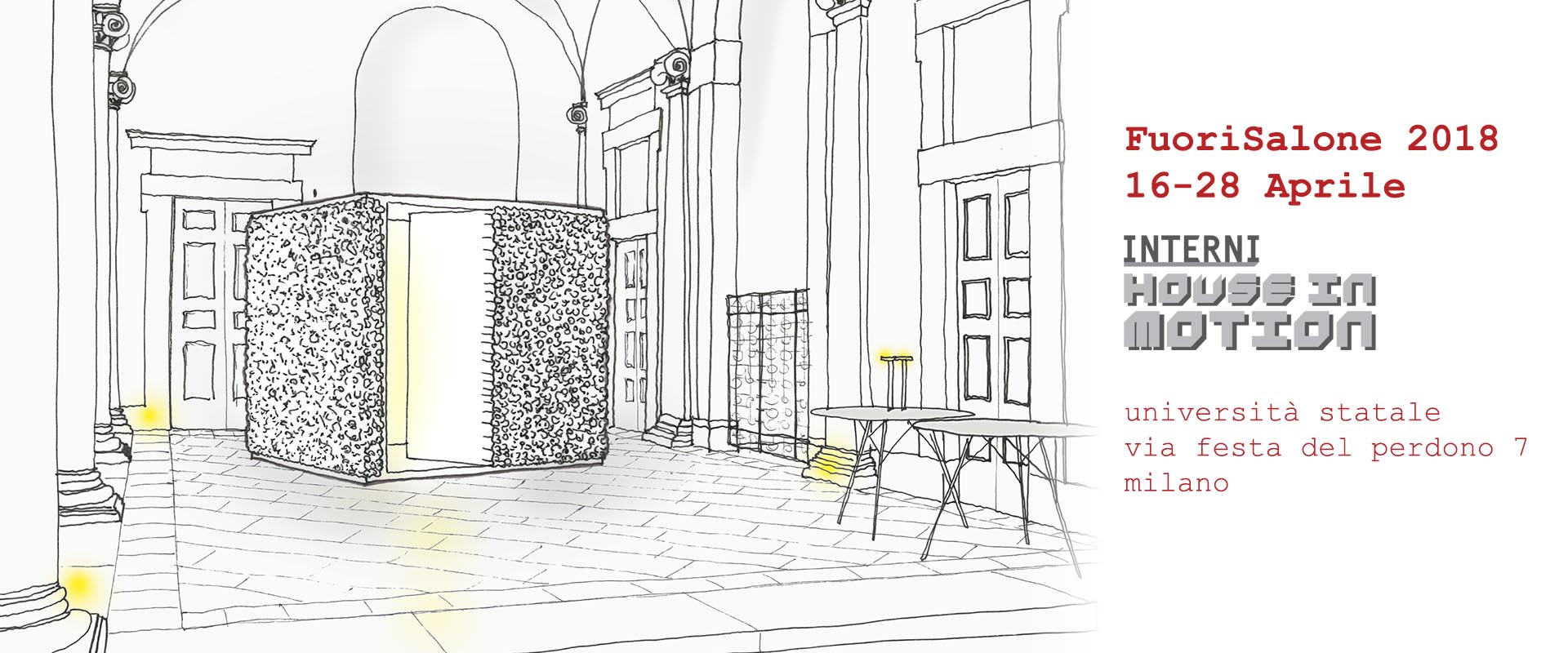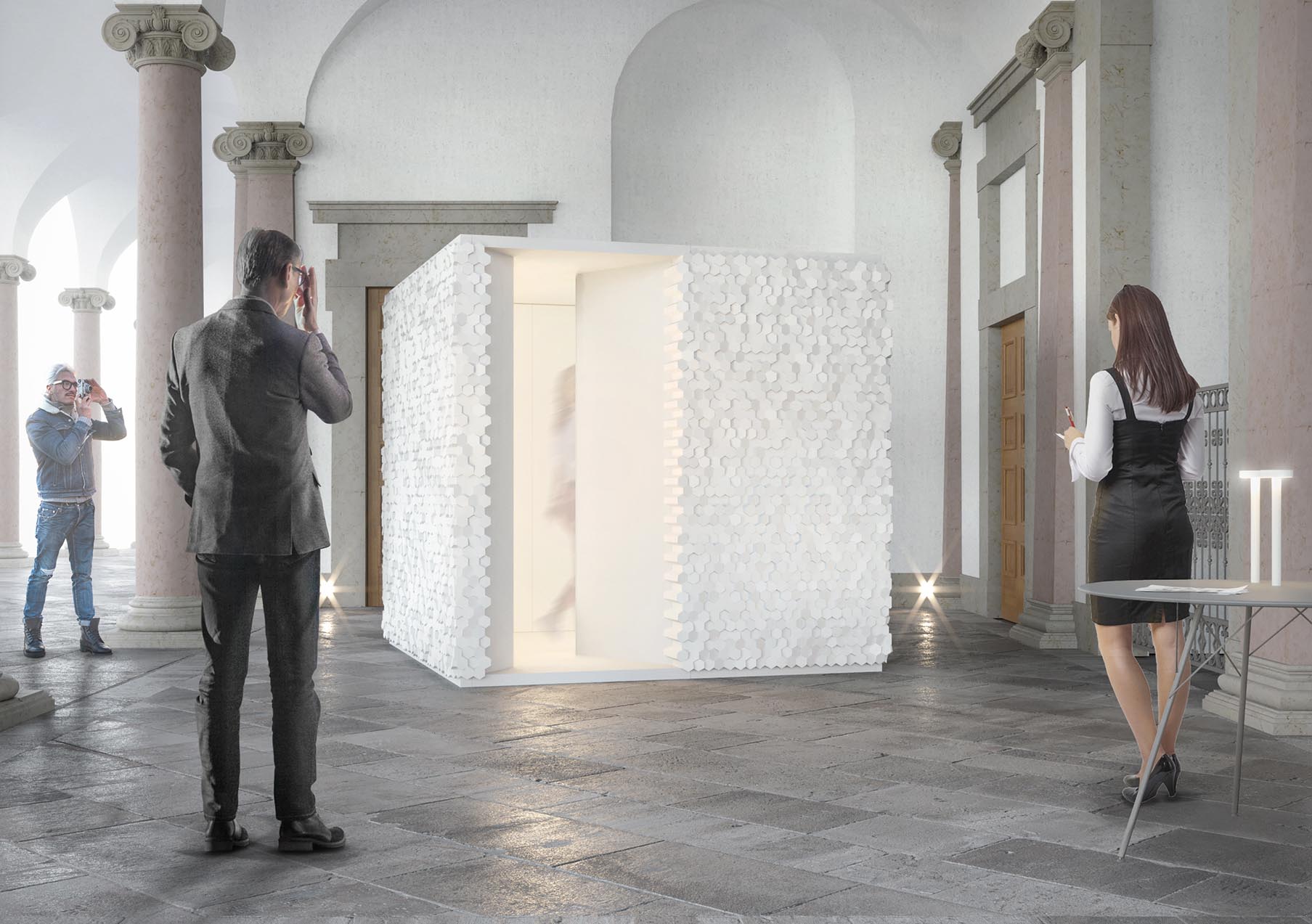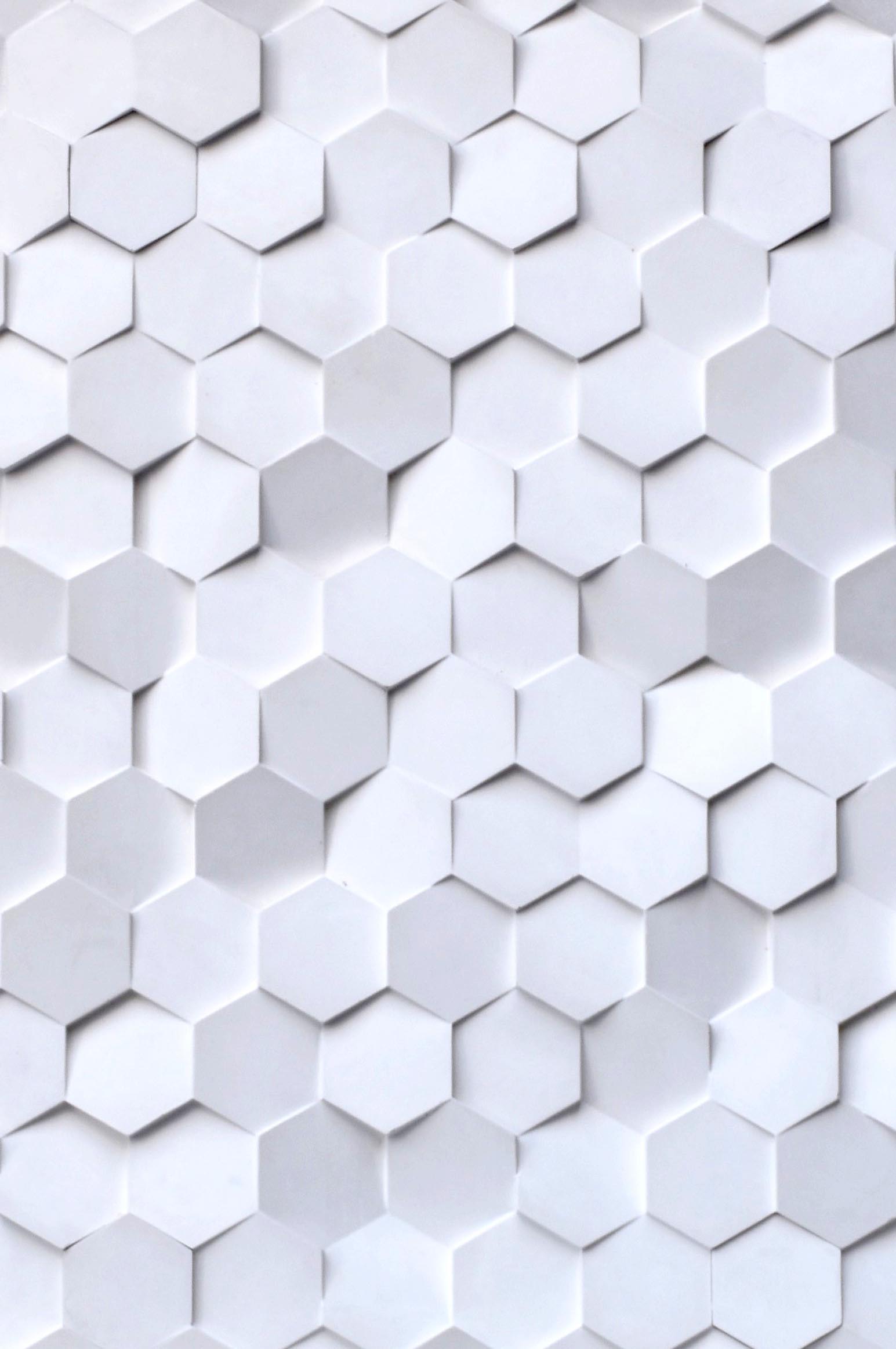Plasterego presents .pico, a plaster micro-architecture for contemporary art
Milan FuoriSalone - “INTERNI House In Motion”. The University of Milan 16th-28th April 2018.




.pico is a plaster cabinet for a single work of art, designed by architect Giorgio Zaetta in collaboration with ZERO…
In the Statale university courtyard, as part of the exhibition event House in Motion, organized by INTERNI magazine, an original exhibition concept has been created, in which alternate works by contemporary artists can be admired. During Milan’s Design Week, three works – by Cally Spooner, Enzo Cucchi and Yuri Ancarani – will each be displayed for 48 hours. At the same time, it will become a snug and cozy refuge for visitors to the event during the frenetic days of the FuoriSalone. A tribute to Pico della Mirandola, scholar and outside-the-box experimenter (1463-1494), .pico is designed for collectors seeking new ways to exhibit their artworks and one-off items.


With .pico, Giorgio Zaetta gives plaster a new image that goes beyond the conventions that identify it solely with traditional stuccos and false ceilings, by fully integrating it in the contemporary project. “By stressing the gypsum to its technical limits, thanks to the technological expertise of this historic company” — Plasterego with over 60 years of experience — explains the designer, “we’ve created a three-dimensional cladding of offset hexagons which can form a continuous plaster wall covering (as in prefabrication)”.
The morphology of the plaster cladding was inspired by a visit to the Albergo Diurno Venezia in Milan, designed in the 1920s by architect Piero Portaluppi and still intact today. Zaetta’s research focused on the existing surfaces and, in particular, on the hexagonal tiles that distinguish this elegant and richly charming place.
“In an attempt to open the eyes and minds of the public regarding materials and awareness of the gestures by means of spatial-temporal experimentation that takes into account the emotional dimension of the individual”, continues the designer, “we enter a hybrid territory where factors such as care, in-depth analysis, and attention seek possible forms and functions.
With this work, Zaetta is in tune with a company like Plasterego, which aims to preserve the original characteristics of the product as it once was, while exploiting the search for new technological solutions to improve the production processes and quality as much as possible.
Gypsum is a natural material, available in nature and derived from manufacturing processes that do not have a negative impact on the connected ecosystem. The result is that the cladding of this
cozy domestic museum has an amazing material texture and an ethereal appearance that plays on light and reflections to give the whole installation dynamism.


GIORGIO ZAETTA
Italian architect, he oriented his interests towards contemporary art which he loves and deeply knows. A passion that strongly influenced his work, whose tangible signs are visible in furniture inspired by an ideal of purity and perfection in details, and in exhibition spacesand interior architectures dominated by emptiness and light.


